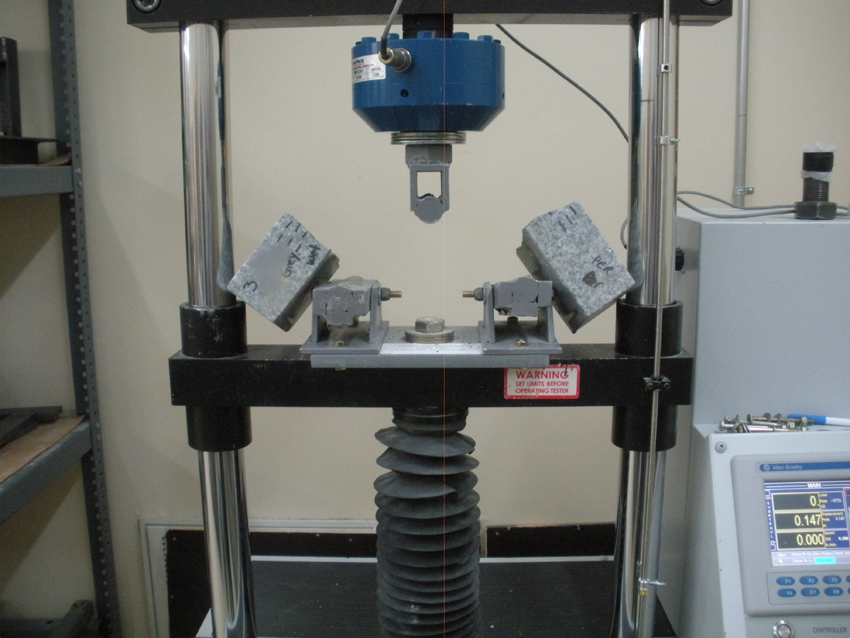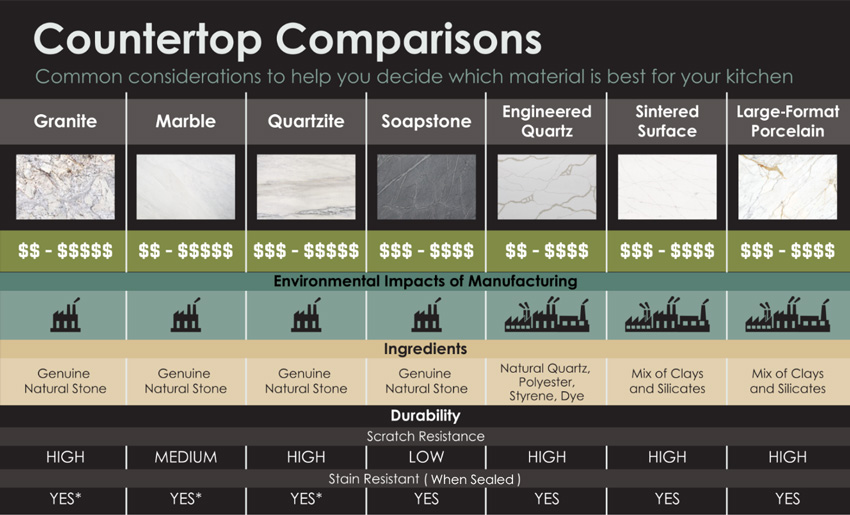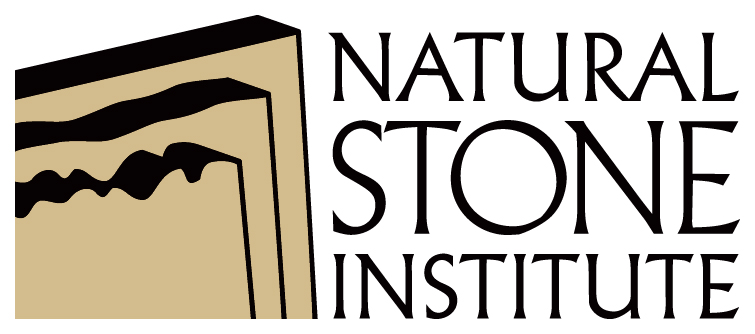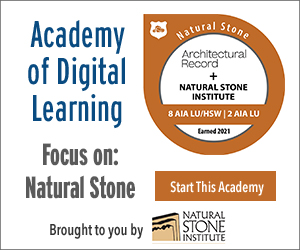Natural Stone Fact vs. Myth: Addressing Common Misconceptions
 1 AIA LU/Elective; 1 GBCI CE Hour; 0.1 IACET CEU*; 1 AIBD P-CE; AAA 1 Structured Learning Hour; This course can be self-reported to the AANB, as per their CE Guidelines; AAPEI 1 Structured Learning Hour; This course can be self-reported to the AIBC, as per their CE Guidelines.; MAA 1 Structured Learning Hour; This course can be self-reported to the NLAA.; This course can be self-reported to the NSAA; NWTAA 1 Structured Learning Hour; OAA 1 Learning Hour; SAA 1 Hour of Core Learning
1 AIA LU/Elective; 1 GBCI CE Hour; 0.1 IACET CEU*; 1 AIBD P-CE; AAA 1 Structured Learning Hour; This course can be self-reported to the AANB, as per their CE Guidelines; AAPEI 1 Structured Learning Hour; This course can be self-reported to the AIBC, as per their CE Guidelines.; MAA 1 Structured Learning Hour; This course can be self-reported to the NLAA.; This course can be self-reported to the NSAA; NWTAA 1 Structured Learning Hour; OAA 1 Learning Hour; SAA 1 Hour of Core Learning
Learning Objectives:
- Compare and contrast the performance of natural stone to artificial materials used in similar applications.
- Counter myths around natural stone regarding its cost, maintenance requirements, and sustainability.
- Describe the resources and applicable test standards relevant to natural stone.
- Explain how natural stone can satisfy green building goals and support overall sustainability of building projects.
This course is part of the Natural Stone Academy
Comparing Natural Stone to Other Materials
ASTM test data allows specifiers to objectively compare one product with another based on certain attributes, such as abrasion resistance and absorption rate.
Let us consider countertops, which lend themselves to an almost overwhelming range of options, from natural granite and marble to engineered quartz, solid surface, and laminates.
There are several considerations when specifying countertops. The material should be scratch resistant, and you should also understand how the material reacts with acids so you can properly care for and maintain it. Countertops used for food preparation should be easily sanitized. As always, choose the correct material for the proper application.
With this in mind, key characteristics to study include hardness and absorption rate. A quick way to evaluate a material’s hardness is its Mohs Hardness Scale rating. This scale rates the relative hardness of a material between 1 and 10; the higher the number, the more resistant to scratching.
ASTM C97 test data will inform you of the material’s absorption rate. However, the stone’s mineral makeup is the key determinant of how resistant it is to chemicals and acids. Therefore, it is important to research the individual stone. Again, the fabricator, quarrier, or distributor will be an excellent resource.
Though it is by no means the only choice, granite is an extremely popular building material, in part because it is hard, stable, and has a low absorption rate while also being beautiful.
Let us look at an example comparing test data of different countertop materials, first considering the material’s hardness as measured by the Moh’s scale. Glazed porcelain tile and engineered quartz are around 7, while granite ranges between 6 and 8.
Next let us consider absorption rate. Porcelain tile is classified as impervious and has an absorption rate of less than 0.05 percent. Engineered quartz has an absorption rate of 0.05 percent, which is also considered very low. The absorption rate of granite ranges from 0.05 percent to 0.40 percent; the application of a quality sealer can further reduce the absorption rate.
As these data show, the differences in hardness and absorption rate among these three materials are quite small, and each is likely to perform equally well. In this case, the decision of which material to specify should be made by considering other factors, such as aesthetics and sustainability.
Testing Products
If you are not sure how a product will perform, you always have the option of testing it yourself.
For example, a geologist tested several materials side by side: two samples of granite, both sealed with an impregnator; two samples of engineered quartz; one sample of sintered surface (a heated and highly compressed blend of clays, feldspars, silica, and other minerals); and one sample of poured concrete with gravel aggregate that had been sealed with an acrylic polymer sealer.
These samples were tested for hardness, acid resistance, thermal resistance, staining, and cleaning with an abrasive pad. The tests were performed using common household items; for example, she used vinegar to test for acid resistance, turmeric paste and food dye to test for staining, and a hot skillet (both dry and oiled) to test for heat resistance. A series of “hardness picks” was used to determine the material’s hardness according to the Moh’s scale.
The results showed that both the granite samples and sintered surface held up very well to all of the tests. One of the samples of engineered quartz suffered heat damage from the hot skillet, and one showed staining from food coloring, turmeric, and hot oil. Both engineered quartz samples became dulled when scrubbed with an abrasive pad. The concrete sample fared the worst in terms of stains and scratches, as it is a soft and porous material.

Photo courtesy of Natural Stone Institute
The Universal Testing Machine is used to perform many physical properties tests, including flexural strength (ASTM C880), modulus of rupture (ASTM C99), and anchor pull tests.
Comparing Granite and Engineered Quartz
Granite and engineered quartz are both popular choices for countertops. To understand how they perform, let us look at how each material is made.
Granite is composed of igneous rock that once flowed as molten magma. As the magma cools it forms crystals. This process takes place deep within the earth over a great period of time. Variations in the composition of magma and the rate of cooling account for granite’s wide range of colors and patterns, resulting in a dense, durable stone with many practical applications.
Manufactured quartz is composed of mineral quartz, pigments, and polyester resins, which bind the material together. These ingredients are mixed together and poured into a mold, where a combination of heat, compaction, and vibration are used to cure the slurry into slabs. The resin helps create a low-porosity surface.
Most granites are composed of two minerals, mineral quartz and feldspar, with smaller amounts of hornblende, biotite, and other minerals. Mineral quartz has a hardness of 7, while feldspar has a hardness of 6 to 6.5. Engineered quartz has a hardness of around 7, although the pockets of resin will be much softer than the mineral particles they surround.
Both granite and engineered quartz have low absorption rates, although the percentages for granite varies depending on its source and crystal structure. Both are nonreactive to household acids; however, some granites should be sealed periodically to protect them from staining. The resins in engineered quartz make it susceptible to permanent damage by heat.
Aesthetically, both granite and engineered quartz come in a variety of colors and patterns. Note, however, that engineered quartz tends to be uniform, whereas granite will have natural variation, even if subtle.
Of course, there are additional criteria to consider other than performance and aesthetics. In the next section, we will see how to evaluate materials for their sustainability by looking at their entire life-cycle impacts, including the opportunities for recycling and reuse.

Image courtesy of Natural Stone Institute
As this chart illustrates, many commonly specified countertop materials are highly stain and scratch resistant, but they differ when it comes to the environmental impact of manufacturing.











